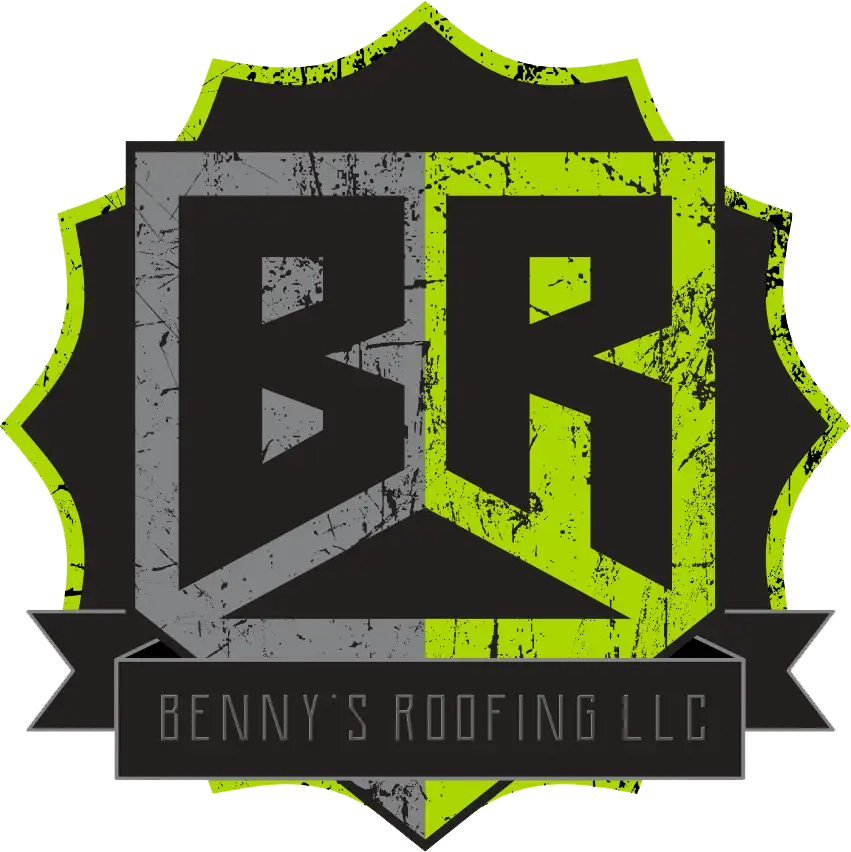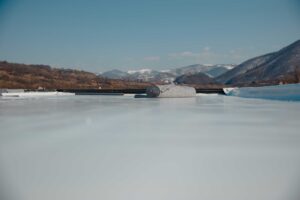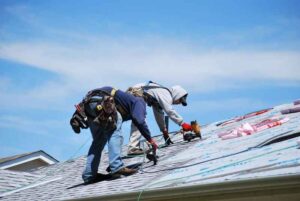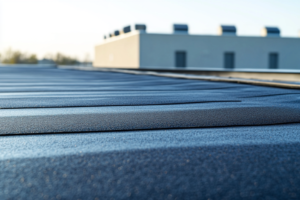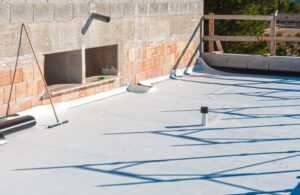When it comes to protecting a building, the roof plays a critical role—but not all roofs are built the same. Understanding the key differences between commercial vs residential roofing St Paul is important when planning your next project. While both roof types serve to shield a structure from the elements, the design, materials, and maintenance needs vary significantly, especially for businesses with large-scale roofing needs.
If you own or manage a commercial property, it’s crucial to focus on the specific demands that come with a commercial roof structure St Paul. Let’s dive into what sets commercial roofing apart, the unique commercial roofing challenges you should know about, and the roofing options best suited for your business.
Commercial vs Residential Roofing: What’s Different?
The first major difference between commercial vs residential roofing St Paul is the design. Residential roofs typically have steep pitches and focus heavily on curb appeal. Commercial roofs, on the other hand, are usually flat or low-slope and are engineered to cover larger surface areas efficiently and safely.
This distinction directly impacts:
- Materials Used: Commercial roofs often use materials like spray foam, TPO, PVC, EPDM, while residential roofs typically use asphalt shingles, wood shakes, or tiles.
- Installation Process: A commercial roof structure St Paul requires more labor, specialized equipment, and longer installation timelines.
- Maintenance Needs: Commercial roofs must be inspected and maintained more regularly because of their size and exposure to heavy equipment like HVAC units.
The size and complexity of commercial roofing mean it’s essential to partner with contractors who understand large-scale roofing needs and can guide you through both installation and long-term maintenance.

Flat Roof vs Pitched Roof: Which Is Right for Commercial Buildings?
When thinking about flat roof vs pitched roof designs, commercial properties almost always favor flat or low-slope roofs. Here’s why:
- Space Efficiency: A flat roof offers usable space for HVAC systems, solar panels, and maintenance access.
- Cost-Effective: Flat roofing materials tend to be more affordable over large areas, and the installation process is often quicker.
- Modern Look: Flat roofs give commercial buildings a sleek, professional appearance.
However, it’s important to be aware that flat roofs can come with certain commercial roofing challenges, such as ponding water and membrane wear. That’s why choosing the right material is critical—and that’s where Bennys Roofing can help.
We specialize in installing and maintaining flat and low-slope commercial roofing systems using high-performance materials like:
- Spray Foam Roofing: Lightweight, energy-efficient, and durable, spray foam is perfect for flat roofs, offering excellent insulation and waterproofing.
- EPDM Roofing: This synthetic rubber roofing system is ideal for flat roofs, providing long-term durability (up to 50 years) and excellent resistance to weather and UV exposure.
- TPO and PVC Roofing: Both offer reflective properties that reduce energy costs, plus high resistance to chemicals, punctures, and fire—perfect for busy, high-traffic roofs.
Materials Matter: Choosing the Best for Your Commercial Roof
Given the larger size and complexity of commercial roofs, material choice is one of the biggest considerations. At Bennys Roofing, we focus on commercial-specific systems that meet the highest standards for durability and energy efficiency.
As a certified GAF installer, we work with industry-leading commercial roofing products that are backed by advanced manufacturing and trusted nationwide for performance and longevity.
Here’s a closer look at the commercial roof structure St Paul options we provide:
- Spray Foam Roofing: Seamless and insulating, spray foam is a favorite for flat roofs needing energy efficiency and longevity.
- EPDM Roofing: Known for its incredible lifespan and toughness, EPDM is perfect for minimizing long-term maintenance costs.
- TPO Roofing: Popular for its white reflective surface and high energy efficiency, TPO is ideal for keeping large commercial spaces cooler.
- PVC Roofing: Similar to TPO but even more chemical- and fire-resistant, PVC is a strong choice for restaurants, warehouses, and industrial buildings.
- Metal Roofing: For pitched commercial roofs, metal offers unmatched durability (up to 70 years!) with minimal upkeep and energy savings.
- Asphalt Shingle Roofing: Though less common for large businesses, asphalt shingles are a reliable and affordable option for smaller commercial buildings.
Each of these systems can help you overcome the commercial roofing challenges that come with managing larger roof surfaces and complex building needs.

The Importance of Maintenance for Commercial Roofs
Another big difference between commercial vs residential roofing St Paul is the level of ongoing maintenance required. Commercial roofs need regular inspections—at least twice a year—and after any major storm to prevent costly surprises.
Key maintenance services we provide for our commercial clients include:
- Scheduled Inspections: Spotting small issues before they turn into big problems.
- Proactive Repairs: Fixing cracks, punctures, or flashing issues immediately.
- Roof Coatings: Applying protective coatings to extend the life of your roof and improve its appearance.
- Customized Maintenance Plans: Our commercial maintenance plans are designed to fit your building’s specific needs and keep your roofing system strong year-round.
With regular upkeep, your roof can easily meet or exceed its expected lifespan, saving you major money in the long run.
Navigating Commercial Roofing Challenges
When you’re dealing with large-scale roofing needs, it’s important to recognize and plan for common commercial roofing challenges, such as:
- Ponding Water: Especially on flat roofs without proper drainage.
- Membrane Punctures: From foot traffic servicing HVAC units.
- UV Damage: Continuous sun exposure can degrade roofing membranes over time.
- Shrinkage: Some membrane systems, like EPDM can shrink over the years, causing stress at seams and flashing.
- Flashing Failures: Edge protection is critical for preventing leaks and maintaining roof integrity.
That’s why it’s vital to work with an experienced commercial roofing contractor who understands these issues and can install and maintain your roof properly.
Book Service With Bennys Roofing Today
If you’re comparing flat roof vs pitched roof options, or trying to navigate the best solution for your commercial roof structure St Paul, our team at Bennys Roofing is here to help. We specialize in handling large-scale roofing needs, addressing all types of commercial roofing challenges, and delivering results that last.
Call us today or Book a service and let’s make sure your commercial roof is built to protect your business for years to come!
